How to Help Your Pet Adjust to a New Home
Helping Your Pet Thrive in a New Environment
Moving homes is exciting yet stressful, especially for pets lacking context for the change. A structured approach minimizes anxiety and fosters quicker adjustment for dogs and cats.
Pre-Move Preparation: Setting the Stage
Maintain Routines: Stick strictly to feeding, walking, and play schedules amidst packing chaos. Familiarity anchors pets.
Create a “Safe Room”: Designate one quiet room (bathroom, spare room) in the new home pre-move. Equip it with their bed, favorite toys, litter box (cats), water, food, and unwashed items carrying your scent (t-shirt, blanket). This becomes their decompression zone.
Vet Consultation: Discuss potential anxiety issues. Veterinarians may recommend pheromone diffusers (Feliway for cats, Adaptil for dogs), calming supplements (tryptophan, L-theanine), or in severe cases, short-term anti-anxiety medication. Update microchip/collar tag info.
Familiar Items First: Pack pet essentials (bed, bowls, toys) last and unpack them first in the new safe room.
Moving Day: Minimizing the Chaos
Secure Pet Away: On moving day, confine pets securely to a quiet, closed room in the old house (clearly marked “DO NOT OPEN”) or arrange care off-site (trusted friend, daycare). Loud noises and strangers heighten stress and risk escape.
Safe Transport: Use a secure, well-ventilated crate for transport. Covering it partially with a familiar blanket can create a den-like feel. Never leave pets unattended in a vehicle.
Direct to Safe Room: Upon arrival, take your pet directly to their pre-prepared safe room. Allow them to explore this confined space alone initially. Sit quietly with them, offering calm reassurance and treats.
The Adjustment Phase: Patience & Positive Reinforcement
Gradual Exploration: After 24-48 hours confined comfortably to their safe room, slowly introduce them to other house areas one room at a time, supervised. Keep initial explorations brief. Close doors to restrict access initially. Cats often benefit from days or even weeks confined before full home access.
Re-establish Routines IMMEDIATELY: Resume regular feeding, walking, and play times ASAP. Predictability is profoundly comforting. Feed in the same location consistently.
Scent Transfer: Rub a soft cloth on your pet’s facial glands (where they naturally deposit pheromones) and gently wipe surfaces at cat-height in new rooms. Use their old bedding/unwashed items.
Supervise Outdoor Access: For dogs, always leash-walk in the new yard/neighborhood initially. Ensure fencing is 100% secure before off-leash time. Cats should be kept strictly indoors for at least 4-6 weeks to establish the new location as “home” before considering supervised outdoor access (e.g., catio, harness training).
Positive Association: Use high-value treats, praise, and favorite toys abundantly in the new space. Engage in calm play and affection. Avoid forcing interaction if they seem withdrawn.
Monitor Closely: Watch for signs of stress: hiding, excessive vocalization, loss of appetite, house soiling (especially cats), lethargy, or aggression. Consult your vet if these persist beyond a week or are severe. Consider temporary network cameras to monitor behavior when you’re not in the room.
Special Considerations
Cats: Provide multiple, easily accessible litter boxes (one per cat + one extra) in quiet locations. Vertical space (cat trees, shelves) offers security. Let them explore at their own pace – forcing interaction prolongs fear.
Dogs: Extra walks help burn nervous energy and familiarize them with the new scents and sounds. Practice basic obedience commands in the new space for confidence-building. Be alert to new potential hazards (toxic plants, gaps in fencing, different wildlife).
Multi-Pet Households: Reintroduce pets carefully in the new space, as dynamics can shift. Supervise initial interactions closely. Consider separate safe rooms initially.
Recognizing & Addressing Stress
Signals: Hiding, trembling, panting (dogs), excessive grooming (cats), dilated pupils, flattened ears, tucked tail, whale eye (showing whites), avoidance, loss of appetite, vocalizing, destructive behavior, house soiling.
Response: Provide quiet retreats, avoid punishment, use calming aids (pheromones, supplements as vet-approved), ensure access to resources (food, water, litter), increase play/interaction cautiously if welcomed, consult your vet if severe or prolonged.
Long-Term Success
Adjustment can take days, weeks, or even months. Patience, consistency, and creating a predictable, loving environment are paramount. By proactively managing the transition, you transform a potentially traumatic event into a smooth journey, strengthening your bond within your new shared home.
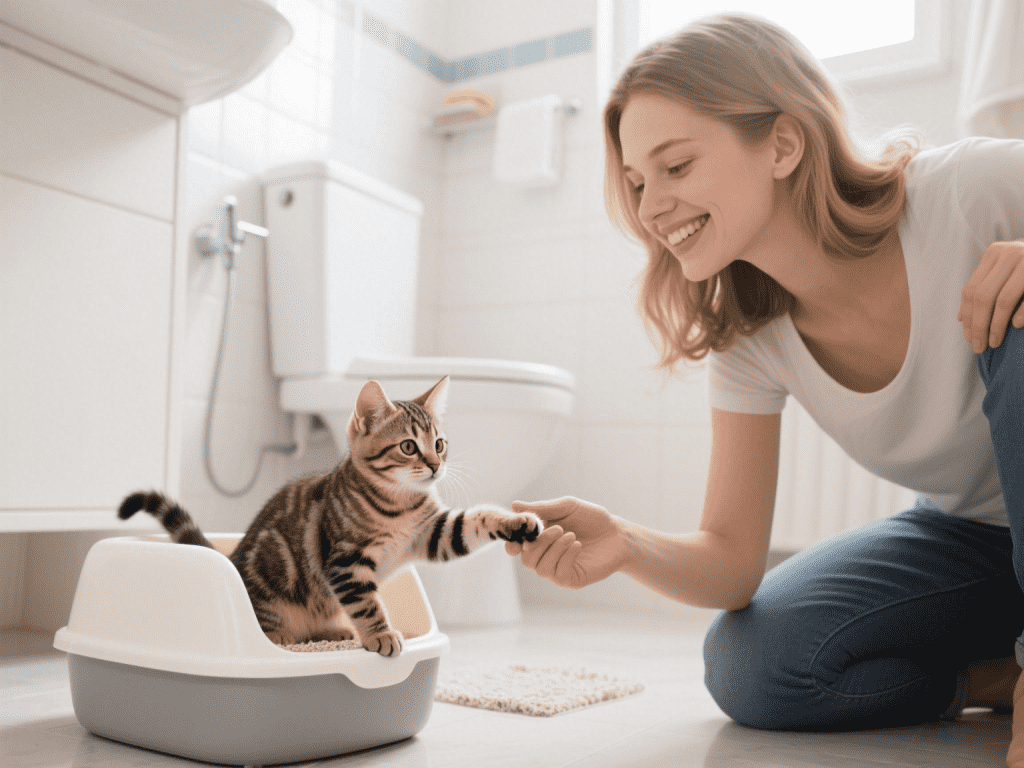
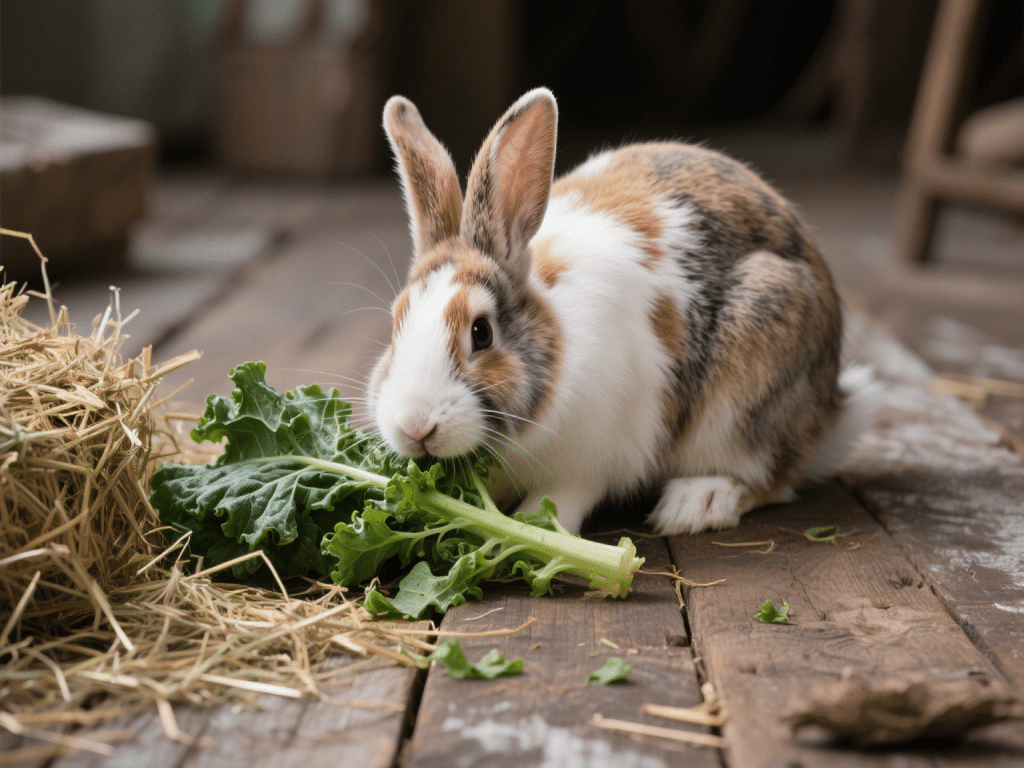
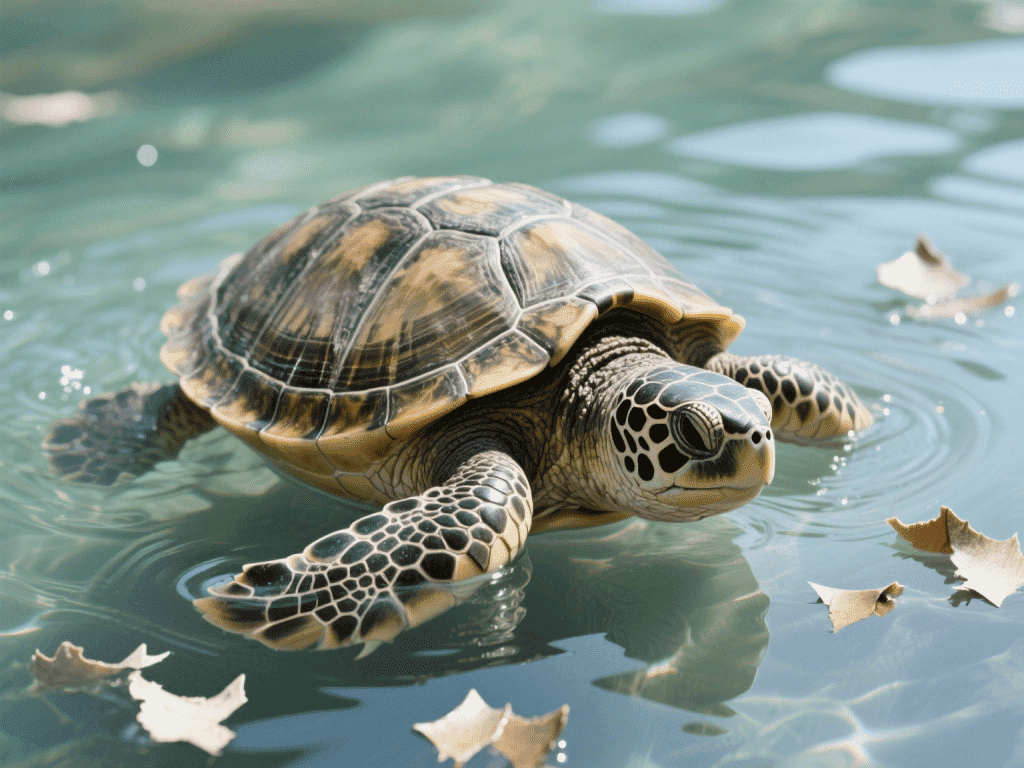
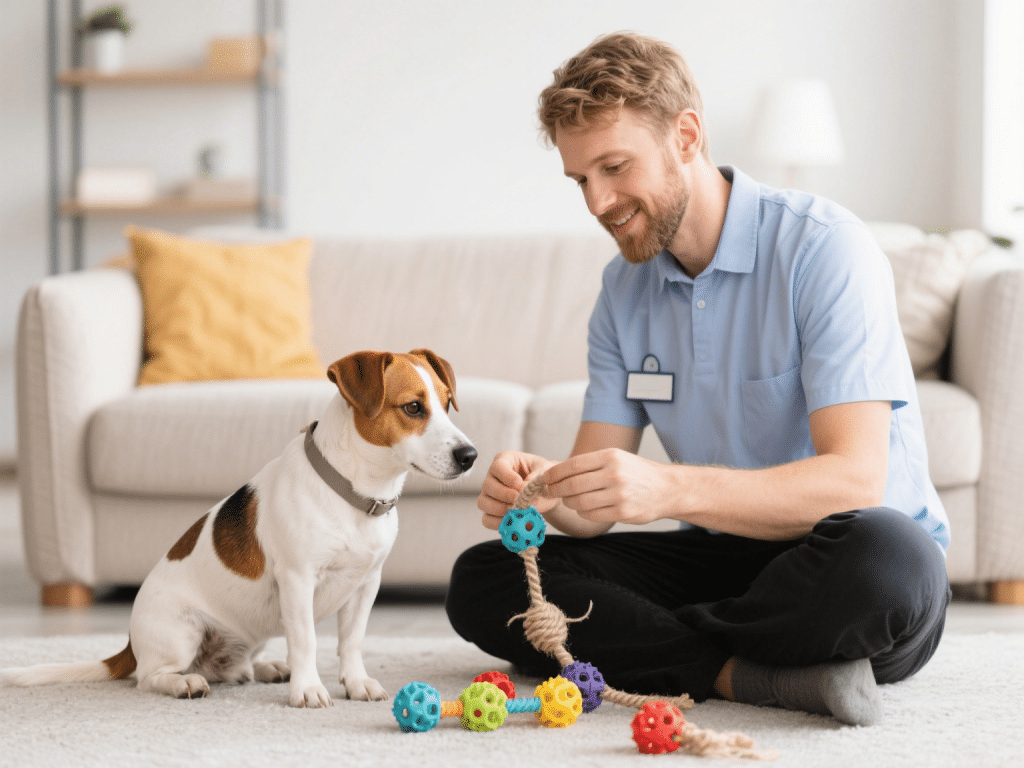
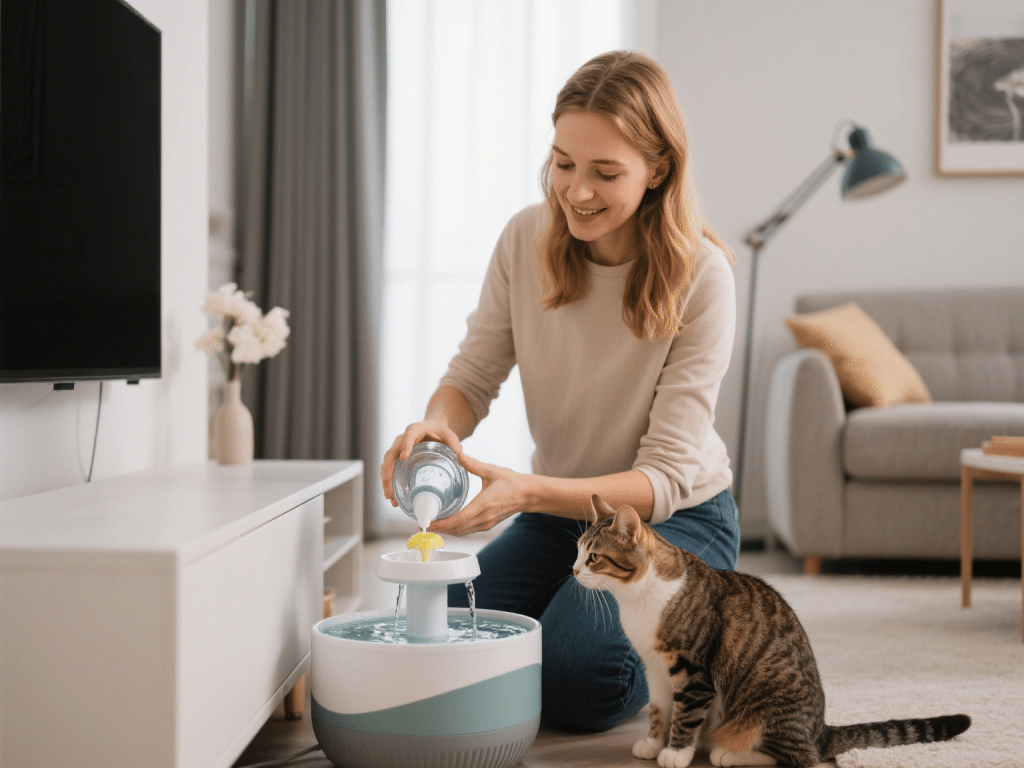
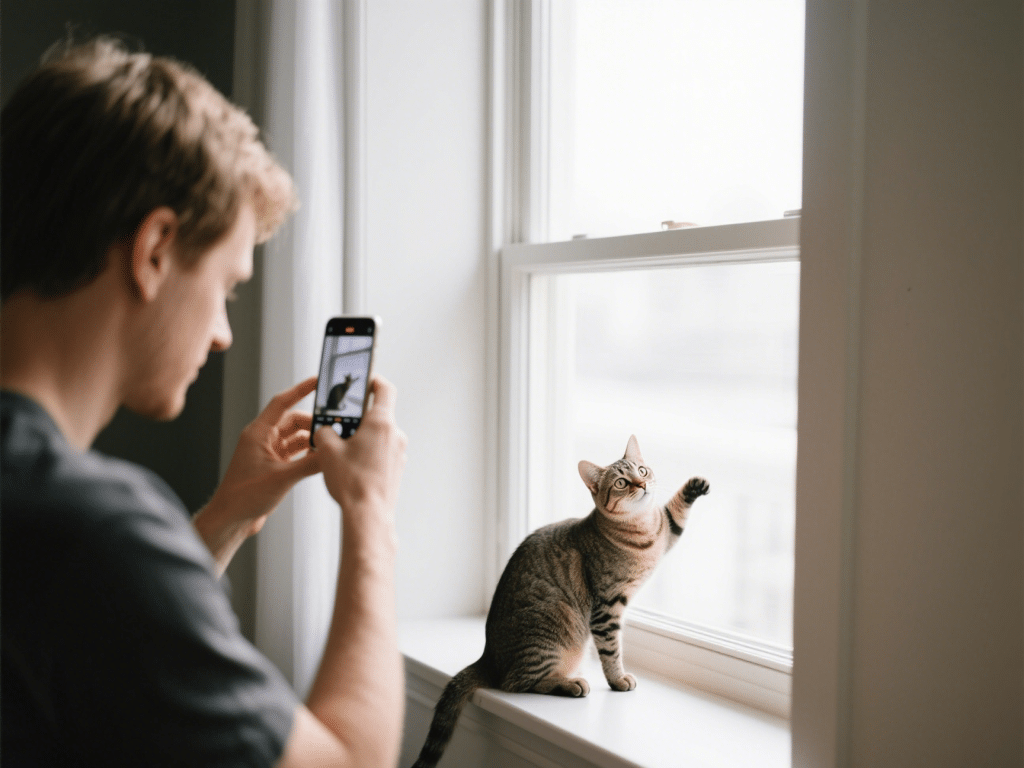

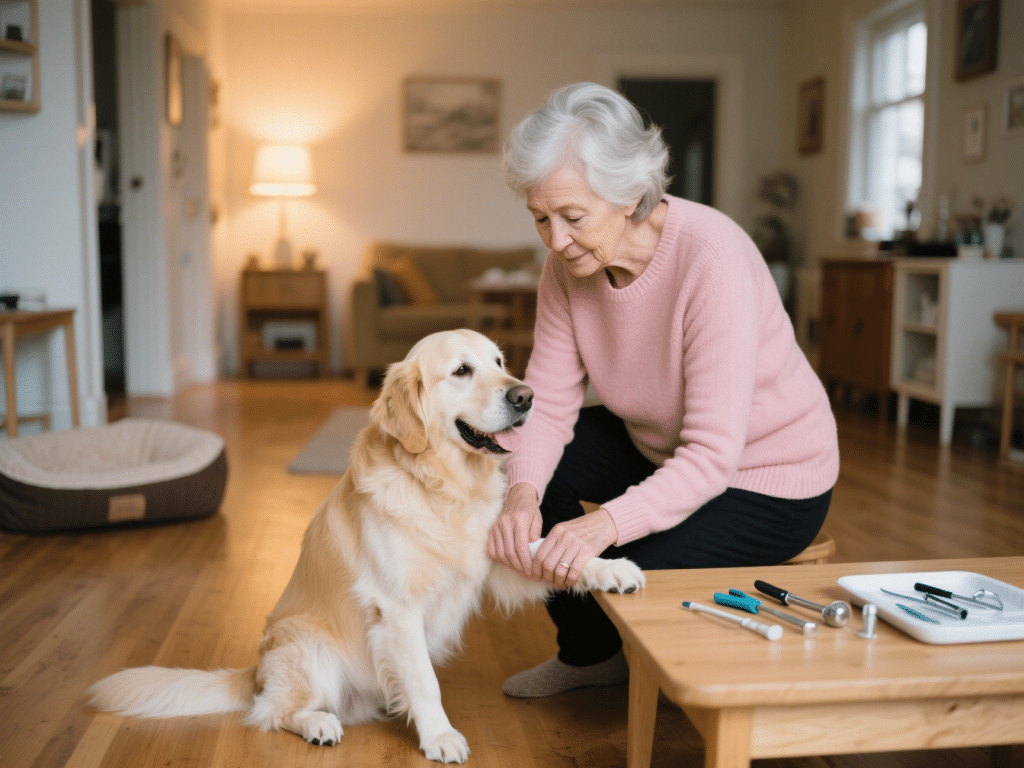
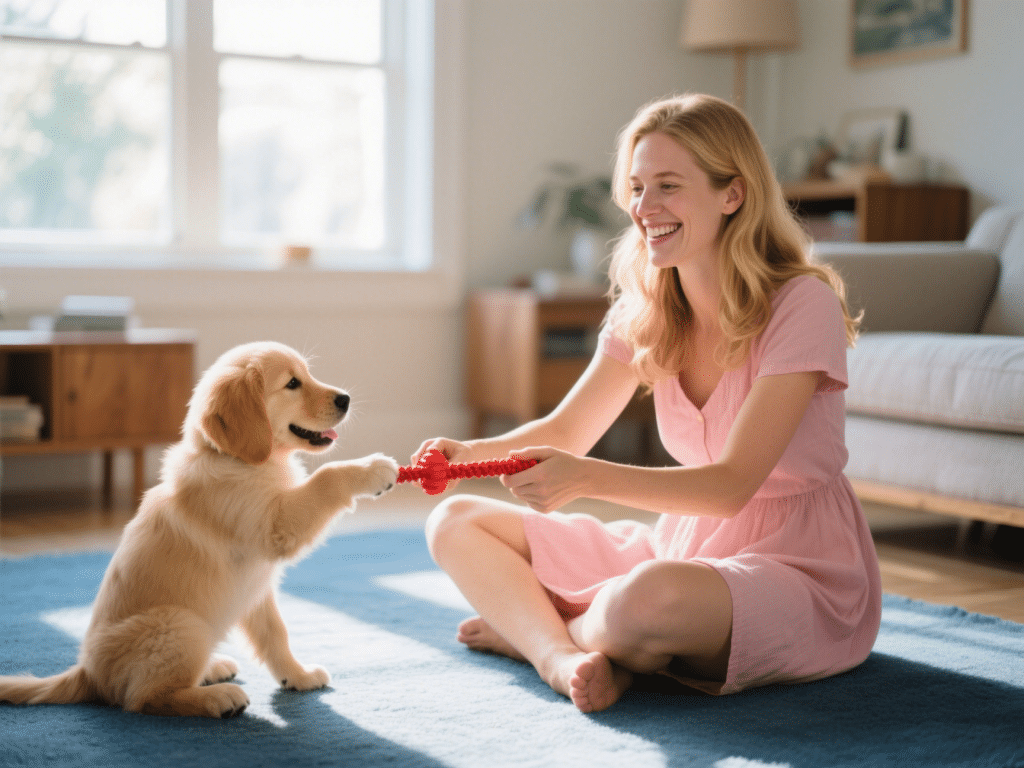
Comments on "How to Help Your Pet Adjust to a New Home" :